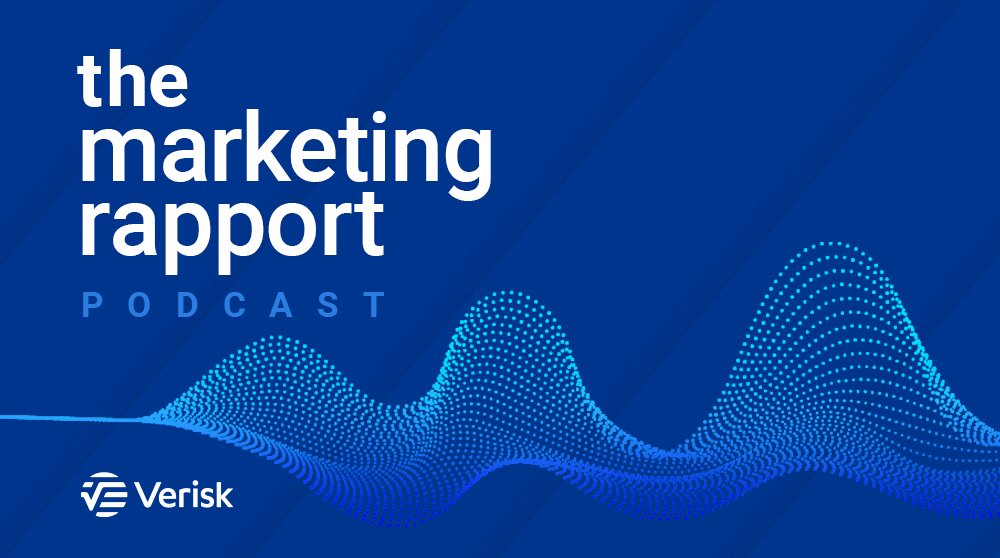The Pandemic’s Impact on Consumer Shopping Behavior in Mortgage & Real Estate
The job of a mortgage professional is to help consumers when and how they need. This is especially important in the current crisis as the behaviors of both consumers and those in the housing industry are changing.
During HousingWire Annual 2020 Jornaya’s Head of Consumer Finance Mike Eshelman and Chief Marketing Officer Rich Smith discussed consumer shopping trends and the impacts on the housing industry. Below is a Q&A with the presenters about the changes they’re seeing.
How has consumer shopping behavior changed?
Eshelman: Consumers are forming new habits during the pandemic. Consider something simple like buying groceries. We’re ordering online now and realizing it’s just as easy. It only makes sense that this behavior trickles into the housing market.
The chart below shows Jornaya’s home buyers’ monthly shopping trends (see Figure 1). These are consumers that we’re witnessing within the Jornaya Network of real estate and realtor comparison sites, inclusive of purchase, refinance, home equity, and reverse mortgages. In January, we were just north of 20 million consumers and, as you can see in the chart, we saw a big bump in February and beyond.
Figure 1: Mortgage Shopping Trends
We also analyzed over 2.5 million online leads and bucketed them by duration. In the chart below (see Figure 2), 0-30 seconds means that the consumer was engaged on the website for less than 30 seconds when they filled out a web form; again at 30-60 second intervals; 1-2 minutes; and so on. As you can imagine, the longer a consumer is engaged on the site and on the form, the higher their intent. If we think about conversion rate by those segments, anything from 0-2 minutes has a dramatically lower conversion rate compared to the average versus more than 3 minutes. And, someone engaged for 5 or more minutes as a very high intent consumer.
But, what has shocked me is the comparison of consumer behavior before the pandemic to now (as seen in Figure 3). We had no idea it was going to be this dramatic. The blue bars represent activity before the pandemic and the percentage of the leads that the Jornaya Network saw in each of those buckets. So it was a pretty small percentage of really low intent, 0-30 seconds and 30-60 seconds. There was a dramatic increase of low-intent consumers during the pandemic versus before. You can call it window shopping—and it’s likely because consumers heard rates were low and they wanted to shop around.
What can lenders do in light of this new consumer behavior?
Smith: Improve recapture performance, which has been at an all-time low. Data from Black Knight shows that in the second quarter of 2020, 82% of people who refinanced did not go with their current lender. So what can we do about this? From our perspective, it comes down to having a better view of the consumer journey. The chart below (Figure 4) shows the shopping timelines that we see at Jornaya—both before and during the pandemic.
Before the pandemic, we typically saw a consumer in market shopping for a new home or a mortgage, 181 days (about 6 months) prior to closing a new loan. That’s about 100 days before an MLS trigger or a credit trigger. We’re seeing a shift in consumer behavior during this pandemic. As Mike explained earlier, there’s more window shopping. This leads to more activity overall and the shopping timeframe has compressed. We’re starting to see the consumer in market around 100 days prior to a closed loan. It’s still far in advance of when there might be an MLS trigger or a credit trigger, but that window is compressed because consumers are a lot more active.
How can lenders better understand this compressed buying journey?
Smith: Through the use of behavioral insights. Research shows that companies that use behavioral insights outperform their peers by 85% in sales growth growth, and more than 25% in gross margin. It comes down to:
- Knowing who is on a shopping journey
- Knowing when and how frequently they’re shopping
- Knowing when and how to engage them
Great buyer experiences don’t just happen. It’s something that we have to design. We have to understand our customers and plan and design a personalized experience for them.
Jornaya can help clients through all phases of the customer experience because we see consumers in market during the acquisition phase, after the loan is closed, and when they start shopping for other products that perhaps are cross-sell or communications opportunities. We also see consumers when they start shopping for a new mortgage or a new home and give you the opportunity to do outreach and recapture and retention. We do this all in a privacy friendly manner. We are fully compliant with privacy laws, and we don’t capture and store PII.









 Your Privacy Choices for Platform Services | Data Services
Your Privacy Choices for Platform Services | Data Services